Free shipping on all US orders
10% OF OUR PROFIT GOES TO KIDS’N’CULTURE NON-PROFIT ORGANIZATION
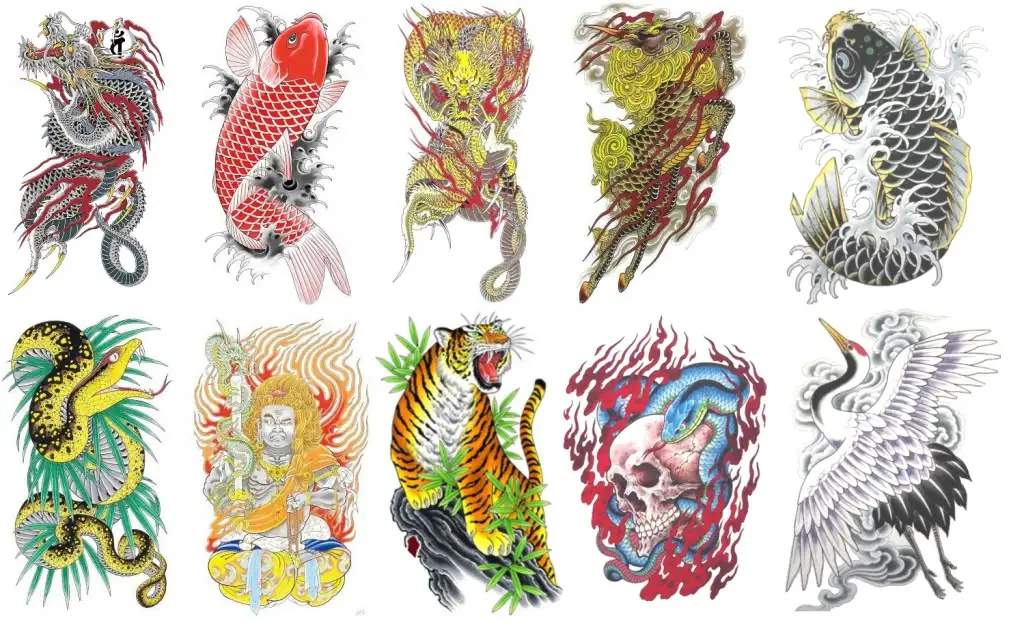
The traditional practice of Yakuza tattoos restricted itself to male members until contemporary society began to value female Yakuza tattoos which display their symbolic value. This guide provides a comprehensive analysis of Yakuza tattoos for men and women by examining their historical background, symbolic meanings, organizational rules and artistic techniques for tattoo creation.
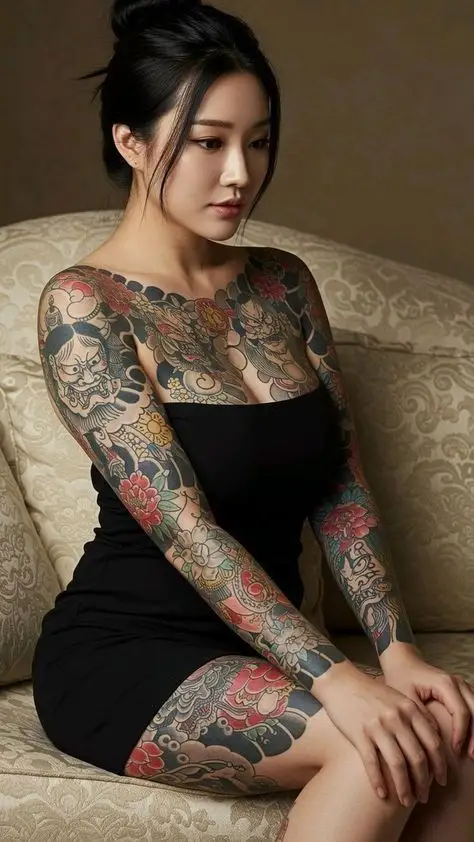
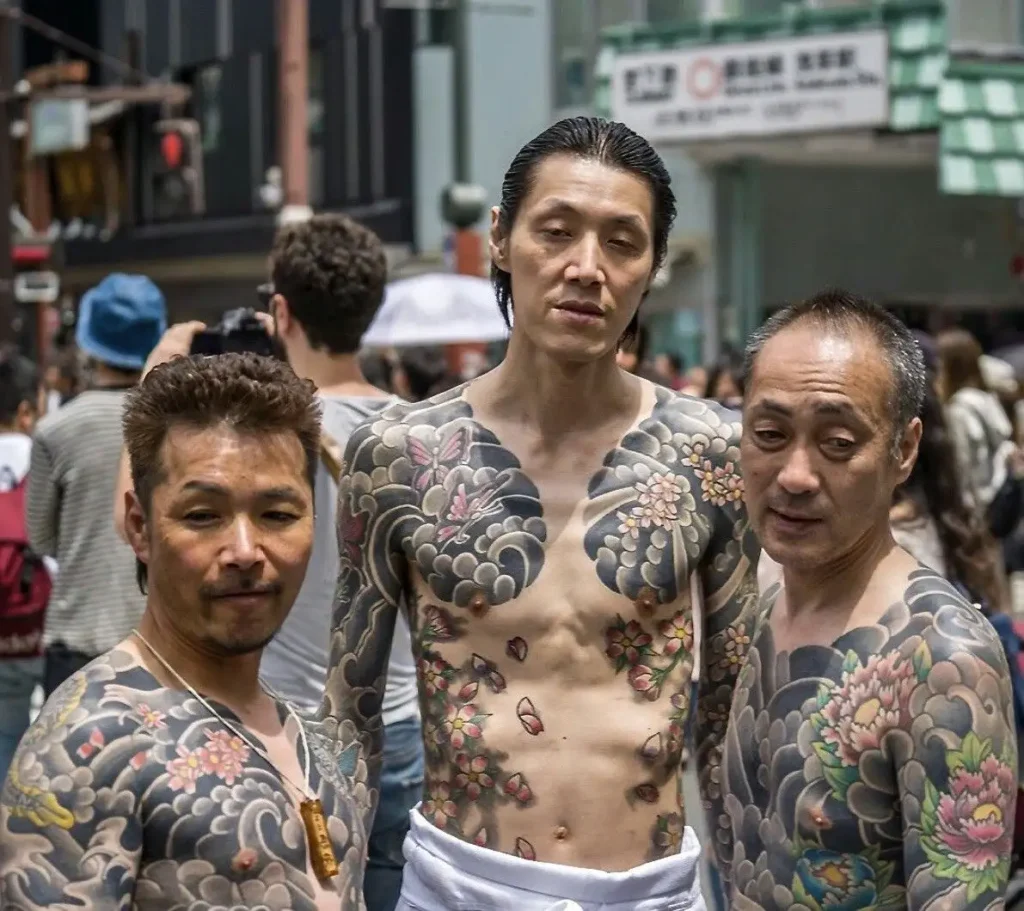
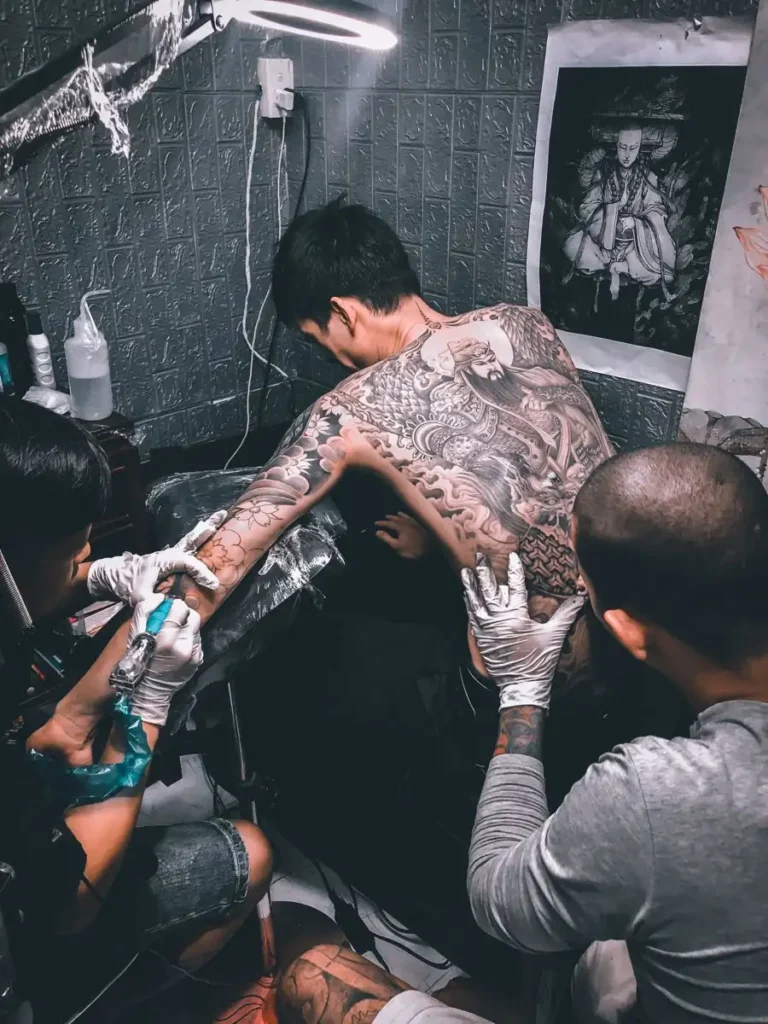
The tattoo master known as Horishi performs tebori by using a wooden or metal nomi tool which holds needles at its tip. The artist performs the tattooing process by inserting the ink-covered needles into the skin through a rhythmic motion. The hand-carved tattooing method produces distinctive color effects and depth which most people consider unattainable through machine-based tattooing.
The shared experience of pain during tebori creates an intense connection between artists and their clients. Traditionalists maintain their preference for tebori yet modern tattoo machines have gained popularity because they deliver faster results. Artists today combine traditional machine work for outline designs with tebori techniques for shading to achieve optimal results. The entire body tattooing requires significant financial investment and physical endurance because it costs tens of thousands of dollars.
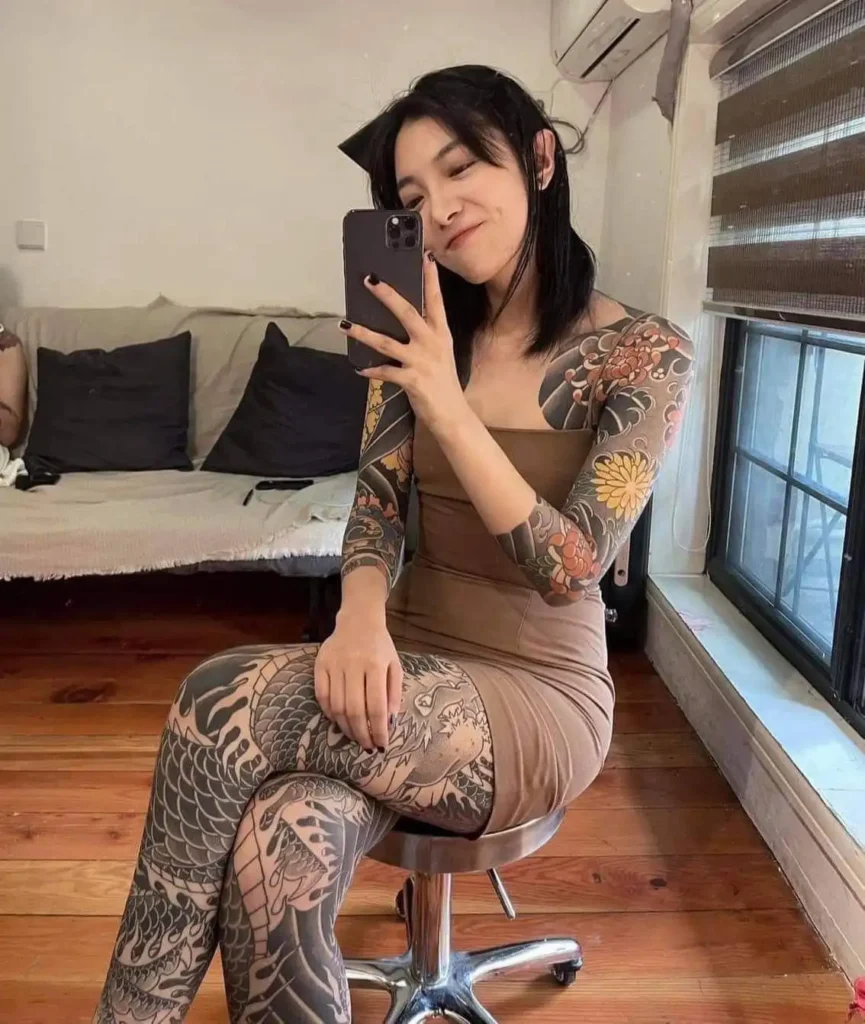
The yakuza tattoo art has gained worldwide popularity despite facing discrimination in its native country. The Japanese tattoo style has gained worldwide popularity because of its distinctive bold lines and colorful designs and meaningful symbolism which attract numerous artists and collectors. The techniques of Japanese masters have attracted numerous artists from New York to London who now use dragon, koi and cherry blossom designs in their tattoo work. The worldwide recognition of irezumi has transformed its status into the best artistic practice.
The Yakuza tattoos have lost their criminal associations outside Japan because people value their visual appeal and cultural significance. People find tattoo art presents an intriguing combination of elements. The traditional full suit tattoo art faces an uncertain future because the Yakuza organization continues to decline in power. The secret language of irezumi continues to attract new followers who keep its spirit alive while ensuring its survival.
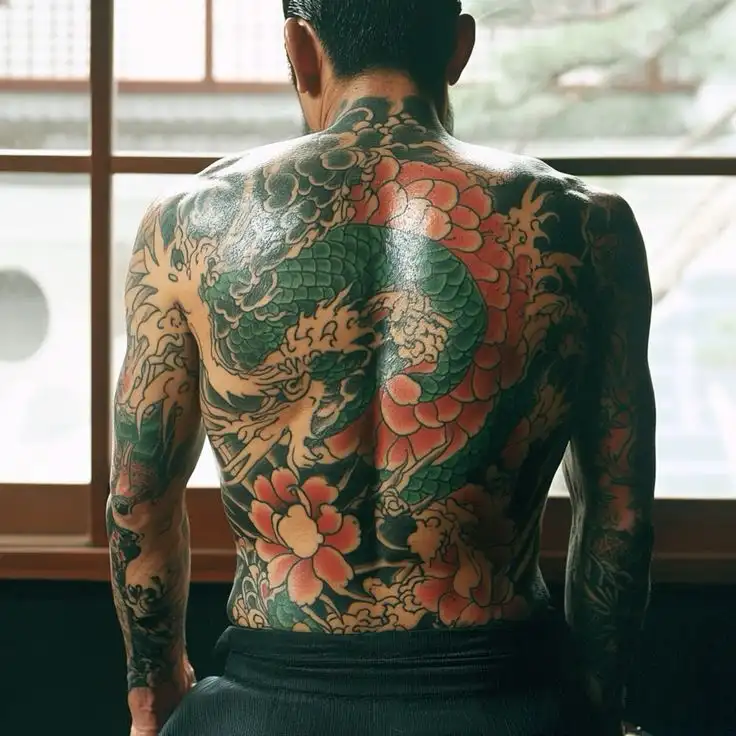
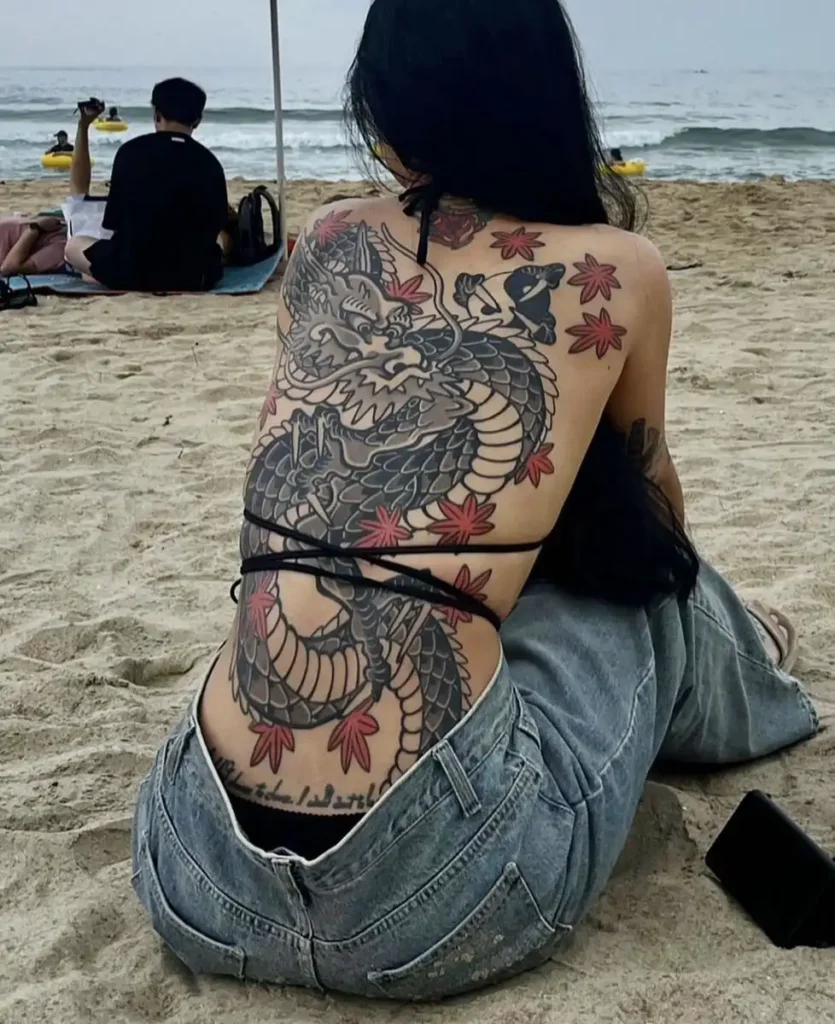
Tattoo artists consider the Yakuza tattoo on back to be their most important tattooing surface. The main story of Yakuza tattoos appears on the back where artists depict dragons flying through waves, samurai warriors’ mythological battles and legendary creatures such as phoenixes and tigers.
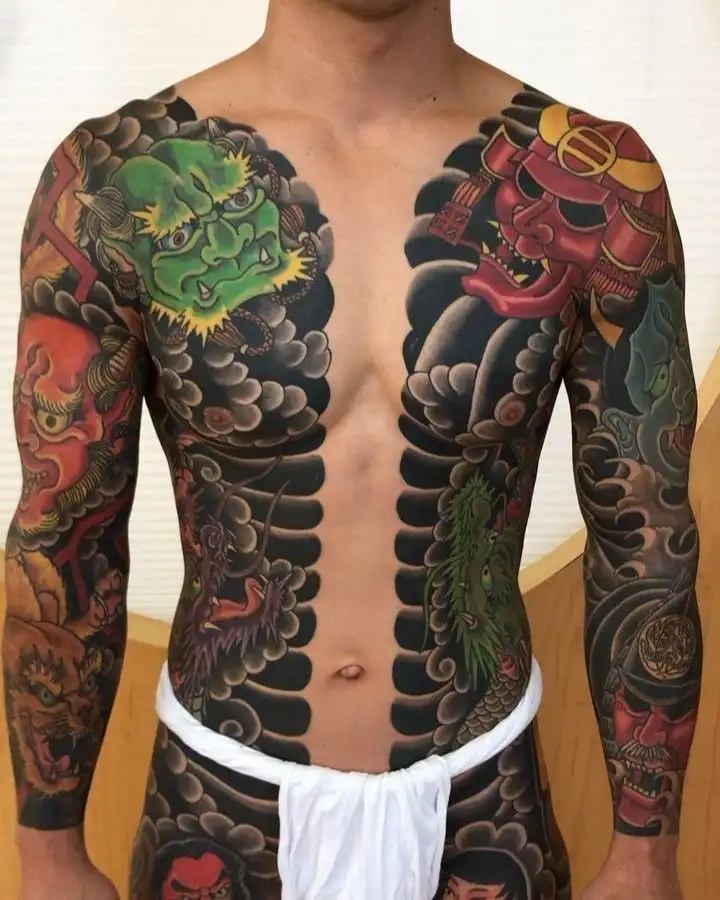
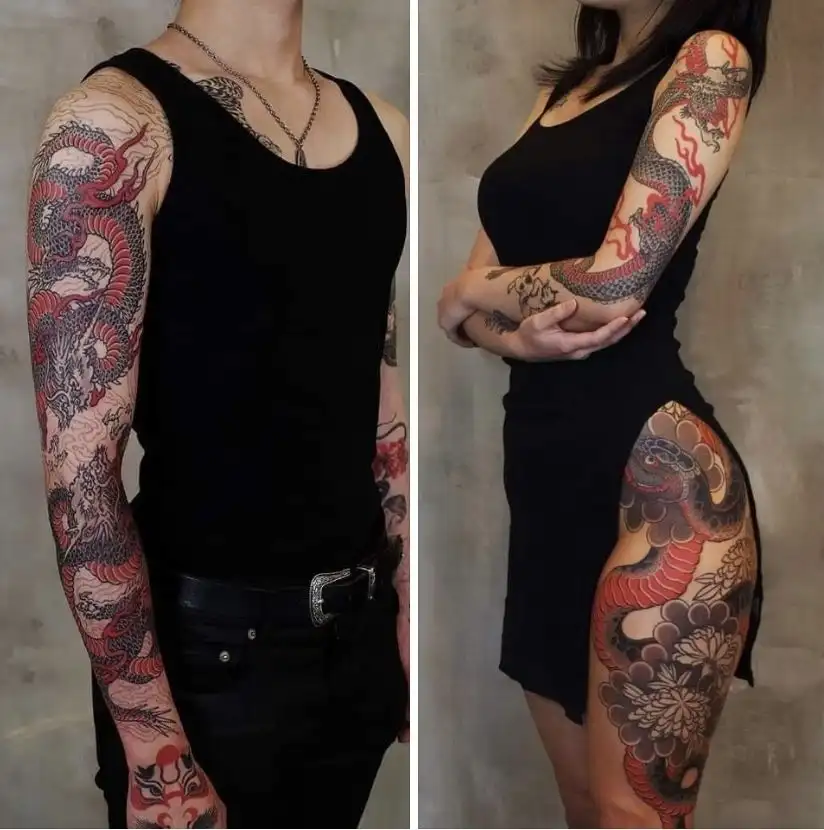
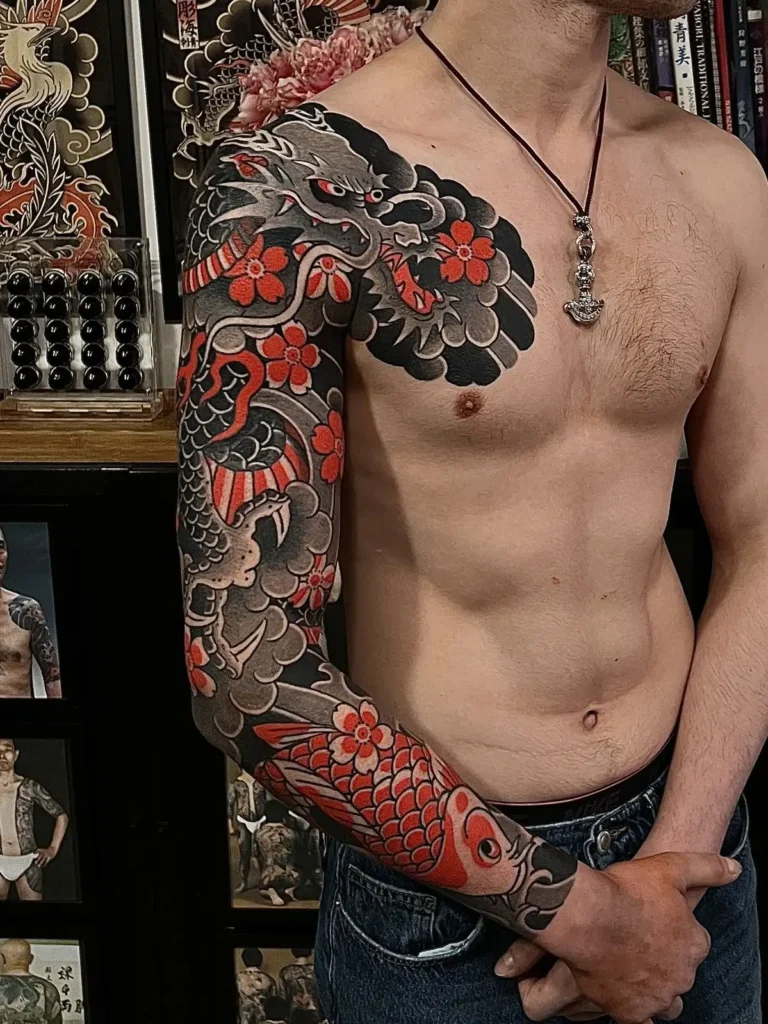
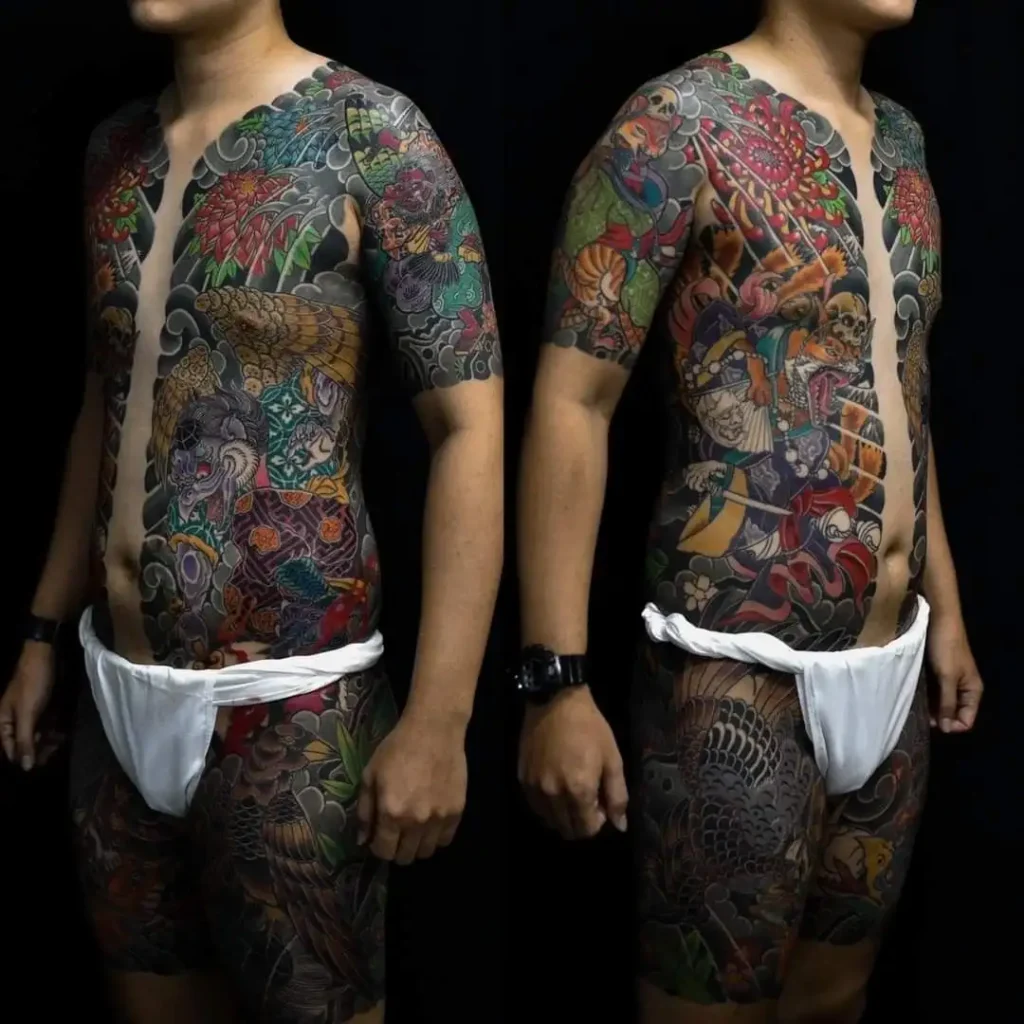
The first requirement to obtain a traditional Japanese tattoo, known as Irezumi or Horimono which Yakuza members follow, involves finding an experienced master artist named Horishi who specializes in this traditional art form and knows its complete cultural and symbolic principles. The process of getting a large tattoo requires significant financial resources and personal dedication because clients need to spend tens of thousands of dollars and endure multiple years of treatment sessions that can reach 100 to 200 hours for a single back tattoo. The client must choose their main design motif from options like Dragons or Samurai before surrendering complete artistic control to the Horishi for composition and enduring the extended and painful process as a test of personal dedication and self-control.
You May Like To Read More: Skull Hand Tattoos & Mystical Dragon Tattoo
I love the way you explain things very informative love it
A whole world on the tip of a pencil. The story of an artist who proved that true art has no limits and that it is never too late to start all over again.





International fashion icon and symbol of Parisian style, Ines de la Fressange is one of the most famous women in France.
Anastasia Pilepchuk is a Berlin-based artist with Buryat roots. She creates masks and face jewellery inspired by the nature and the culture of her beautiful region.
A whole world on the tip of a pencil. The story of an artist who proved that true art has no limits and that it is never too late to start all over again.